- Команда chmod Linux
- Команда chmod Linux
- Примеры использования chmod
- Выводы
- File Permissions in Linux / Unix: How to Read, Write & Change?
- Linux File Ownership
- User
- Group
- Other
- Linux File Permissions
- Changing file/directory permissions in Linux Using ‘chmod’ command
- Absolute(Numeric) Mode in Linux
- Symbolic Mode in Linux
- Changing Ownership and Group in Linux
- Tip
- Summary:
Команда chmod Linux
Система полномочий в Linux имеет очень важное значение, поскольку благодаря ей можно разделять привилегии между пользователями, ограничить доступ к нежелательным файлам или возможностям, контролировать доступные действия для сервисов и многое другое. В Linux существует всего три вида прав — право на чтение, запись и выполнение, а также три категории пользователей, к которым они могут применяться — владелец файла, группа файла и все остальные.
Эти права применяются для каждого файла, а поскольку все в системе Linux, даже устройства, считаются файлами, то, получается что эти права применимы ко всему. Мы более подробно рассматривали как работают права доступа к файлам Linux в отдельной статье, а этой, я хочу остановиться на команде chmod, которая используется для установки прав.
Команда chmod Linux
Эта команда имеет типичный для команд linux синтаксис, сначала команда, затем опции, а в конце файл или папка, к которой ее нужно применить:
$ chmod опции права /путь/к/файлу
Сначала рассмотрим какими бывают права доступа linux и как они устанавливаются. Пред этим рекомендую прочитать статью про права, ссылка на которую есть выше. Есть три основных вида прав:
Также есть три категории пользователей, для которых вы можете установить эти права на файл linux:
Синтаксис настройки прав такой:
группа_пользователей действие в ид_прав
В качестве действий могут использоваться знаки «+» — включить или «-« — отключить. Рассмотрим несколько примеров:
- u+x — разрешить выполнение для владельца;
- ugo+x — разрешить выполнение для всех;
- ug+w — разрешить запись для владельца и группы;
- o-x — запретить выполнение для остальных пользователей;
- ugo+rwx — разрешить все для всех;
Но права можно записывать не только таким способом. Есть еще восьмеричный формат записи, он более сложен для понимания, но пишется короче и проще. Я не буду рассказывать как считать эти цифры, просто запомните какая цифра за что отвечает, так проще:
Права на папку linux такие же, как и для файла. Во время установки прав сначала укажите цифру прав для владельца, затем для группы, а потом для остальных. Например, :
- 744 — разрешить все для владельца, а остальным только чтение;
- 755 — все для владельца, остальным только чтение и выполнение;
- 764 — все для владельца, чтение и запись для группы, и только чтение для остальных;
- 777 — всем разрешено все.
Каждая из цифр не зависит от предыдущих, вы вбираете именно то, что вам нужно. Теперь давайте рассмотрим несколько опций команды, которые нам понадобятся во время работы:
- -c — выводить информацию обо всех изменениях;
- -f — не выводить сообщения об ошибках;
- -v — выводить максимум информации;
- —preserve-root — не выполнять рекурсивные операции для корня «/»;
- —reference — взять маску прав из указанного файла;
- -R — включить поддержку рекурсии;
- —version — вывести версию утилиты;
Теперь, когда вы знаете опции и как настраиваются права доступа chmod, давайте рассмотрим несколько примеров как работает команда chmod linux.
Примеры использования chmod
Я не буду приводить много примеров, так как там и так все более-менее понятно после пояснения правил создания выражений установки прав. Сначала самый частый случай — разрешить выполнения скрипта владельцу:
Или можно воспользоваться цифровой записью:
chmod 766 file
ls — l file
Недостаток цифровой записи в том, что вы не можете модифицировать уже существующие права доступа linux. Например, в первом варианте вы просто добавили флаг выполнения для владельца файла, а все остальные права оставили неизменными. В восьмеричном варианте мы полностью заменили текущие права новыми — все для владельца и чтение/запись для группы и остальных. Как видите, права установлены как и ожидалось. Теперь отключим выполнение владельцем:
Дальше разрешим только чтение всем, кроме владельца:
Файлы с правами 000 недоступны никаким пользователям, кроме суперпользователя и владельца. Вернем права обратно:
Такая же ситуация с файлами, владельцем которых вы не являетесь, если вы хотите изменить их права — используйте sudo. Из модификаторов прав вы можете конструировать любые последовательности, я думаю тут нет смысла разбирать их все. Для того чтобы поменять права на все файлы в папке используйте опцию -R:
chmod -R ug+rw dir
ls -l dir/
Также вы можете смотреть подробную информацию про вносимые изменения, например:
Выводы
В этой небольшой статье была рассмотрена команда chmod linux. Она очень часто используется наряду с такими командами, как chown и umask для управления правами. Надеюсь, эта информация была полезной для вас. Если у вас остались вопросы, спрашивайте в комментариях!

Обнаружили ошибку в тексте? Сообщите мне об этом. Выделите текст с ошибкой и нажмите Ctrl+Enter.
File Permissions in Linux / Unix: How to Read, Write & Change?
Linux is a clone of UNIX, the multi-user operating system which can be accessed by many users simultaneously. Linux can also be used in mainframes and servers without any modifications. But this raises security concerns as an unsolicited or malign user can corrupt, change or remove crucial data. For effective security, Linux divides authorization into 2 levels.
In this Linux file commands tutorial, you will learn-
The concept of Linux File permission and ownership is crucial in Linux. Here, we will explain Linux permissions and ownership and will discuss both of them. Let us start with the Ownership.

Click here if the video is not accessible
Linux File Ownership
Every file and directory on your Unix/Linux system is assigned 3 types of owner, given below.
User
A user is the owner of the file. By default, the person who created a file becomes its owner. Hence, a user is also sometimes called an owner.
Group
A user- group can contain multiple users. All users belonging to a group will have the same Linux group permissions access to the file. Suppose you have a project where a number of people require access to a file. Instead of manually assigning permissions to each user, you could add all users to a group, and assign group permission to file such that only this group members and no one else can read or modify the files.
Other
Any other user who has access to a file. This person has neither created the file, nor he belongs to a usergroup who could own the file. Practically, it means everybody else. Hence, when you set the permission for others, it is also referred as set permissions for the world.
Now, the big question arises how does Linux distinguish between these three user types so that a user ‘A’ cannot affect a file which contains some other user ‘B’s’ vital information/data. It is like you do not want your colleague, who works on your Linux computer, to view your images. This is where Permissions set in, and they define user behavior.
Let us understand the Permission system on Linux.
Linux File Permissions
Every file and directory in your UNIX/Linux system has following 3 permissions defined for all the 3 owners discussed above.
- Read: This permission give you the authority to open and read a file. Read permission on a directory gives you the ability to lists its content.
- Write: The write permission gives you the authority to modify the contents of a file. The write permission on a directory gives you the authority to add, remove and rename files stored in the directory. Consider a scenario where you have to write permission on file but do not have write permission on the directory where the file is stored. You will be able to modify the file contents. But you will not be able to rename, move or remove the file from the directory.
- Execute: In Windows, an executable program usually has an extension “.exe” and which you can easily run. In Unix/Linux, you cannot run a program unless the execute permission is set. If the execute permission is not set, you might still be able to see/modify the program code(provided read & write permissions are set), but not run it.
Let’s see file permissions in Linux with examples:
ls – l on terminal gives
Here, we have highlighted ‘-rw-rw-r–‘and this weird looking code is the one that tells us about the Unix permissions given to the owner, user group and the world.
Here, the first ‘–‘ implies that we have selected a file.p>
Else, if it were a directory, d would have been shown.
The characters are pretty easy to remember.
r = read permission
w = write permission
x = execute permission
– = no permission
Let us look at it this way.
The first part of the code is ‘rw-‘. This suggests that the owner ‘Home’ can:
- Read the file
- Write or edit the file
- He cannot execute the file since the execute bit is set to ‘-‘.
By design, many Linux distributions like Fedora, CentOS, Ubuntu, etc. will add users to a group of the same group name as the user name. Thus, a user ‘tom’ is added to a group named ‘tom’.
The second part is ‘rw-‘. It for the user group ‘Home’ and group-members can:
The third part is for the world which means any user. It says ‘r–‘. This means the user can only:
Changing file/directory permissions in Linux Using ‘chmod’ command
Say you do not want your colleague to see your personal images. This can be achieved by changing file permissions.
We can use the ‘chmod’ command which stands for ‘change mode’. Using the command, we can set permissions (read, write, execute) on a file/directory for the owner, group and the world.
chmod permissions filename
There are 2 ways to use the command –
Absolute(Numeric) Mode in Linux
In this mode, file permissions are not represented as characters but a three-digit octal number.
The table below gives numbers for all for permissions types.
| Number | Permission Type | Symbol |
|---|---|---|
| 0 | No Permission | — |
| 1 | Execute | –x |
| 2 | Write | -w- |
| 3 | Execute + Write | -wx |
| 4 | Read | r– |
| 5 | Read + Execute | r-x |
| 6 | Read +Write | rw- |
| 7 | Read + Write +Execute | rwx |
Let’s see the chmod permissions command in action.
In the above-given terminal window, we have changed the permissions of the file ‘sample to ‘764’.
‘764’ absolute code says the following:
- Owner can read, write and execute
- Usergroup can read and write
- World can only read
This is shown as ‘-rwxrw-r–
This is how you can change user permissions in Linux on file by assigning an absolute number.
Symbolic Mode in Linux
In the Absolute mode, you change permissions for all 3 owners. In the symbolic mode, you can modify permissions of a specific owner. It makes use of mathematical symbols to modify the Unix file permissions.
| Operator | Description |
|---|---|
| + | Adds a permission to a file or directory |
| – | Removes the permission |
| = | Sets the permission and overrides the permissions set earlier. |
The various owners are represented as –
| User Denotations | |
|---|---|
| u | user/owner |
| g | group |
| o | other |
| a | all |
We will not be using permissions in numbers like 755 but characters like rwx. Let’s look into an example
Changing Ownership and Group in Linux
For changing the ownership of a file/directory, you can use the following command:
In case you want to change the user as well as group for a file or directory use the command
In case you want to change group-owner only, use the command
chgrp group_name filename
‘chgrp’ stands for change group.
Tip
- The file /etc/group contains all the groups defined in the system
- You can use the command “groups” to find all the groups you are a member of
Summary:
- Linux being a multi-user system uses permissions and ownership for security.
- There are three user types on a Linux system viz. User, Group and Other
- Linux divides the file permissions into read, write and execute denoted by r,w, and x
- The permissions on a file can be changed by ‘chmod’ command which can be further divided into Absolute and Symbolic mode
- The ‘chown’ command can change the ownership of a file/directory. Use the following commands: chown user file or chown user:group file
- The ‘chgrp’ command can change the group ownership chrgrp group filename
- What does x – eXecuting a directory mean? A: Being allowed to “enter” a dir and gain possible access to sub-dirs.

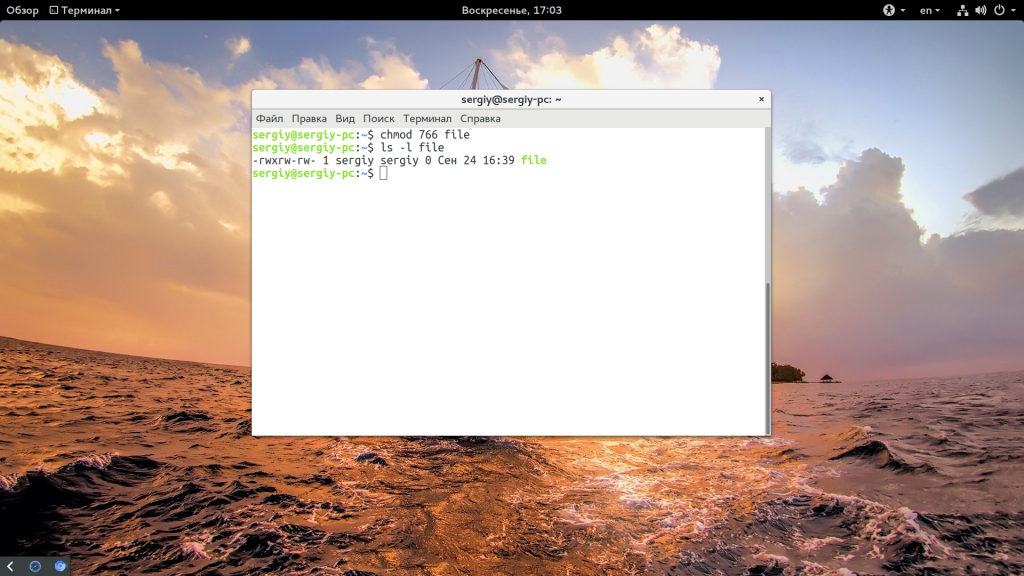

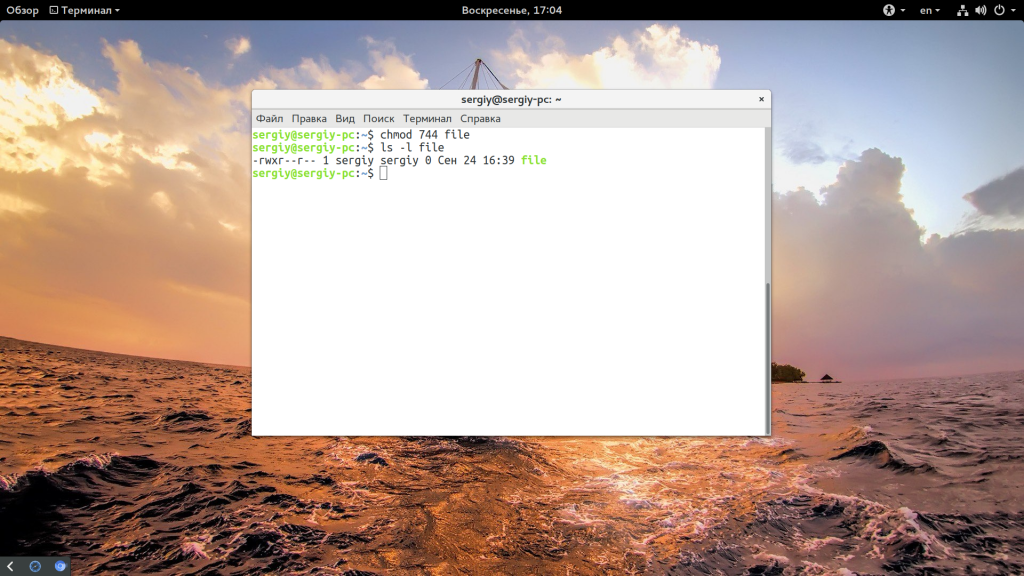
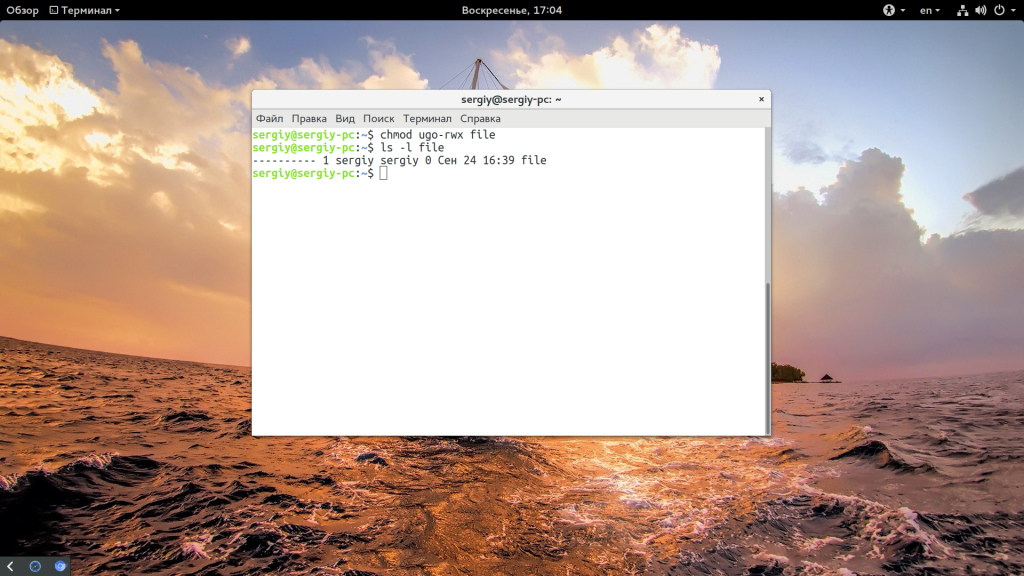
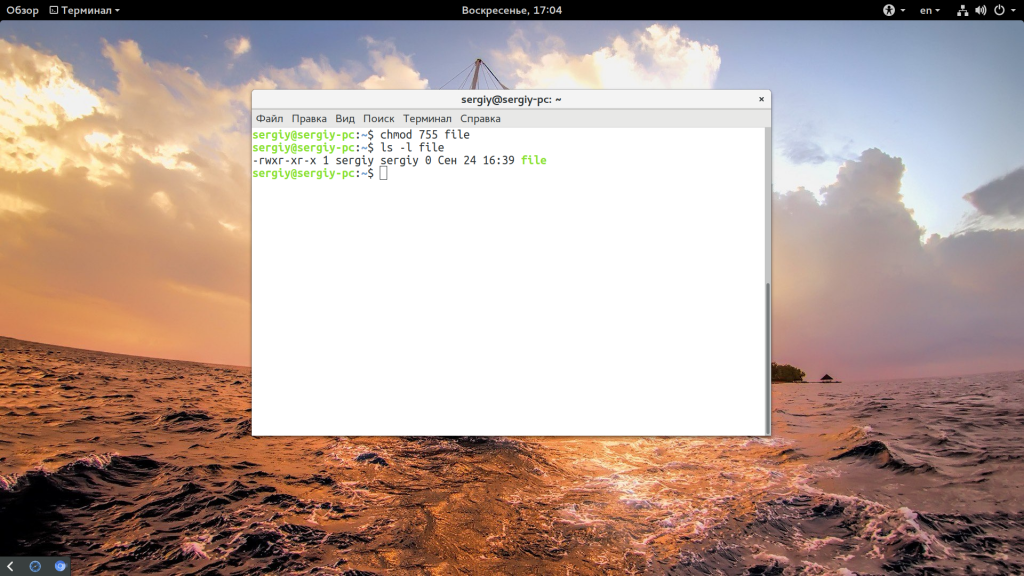
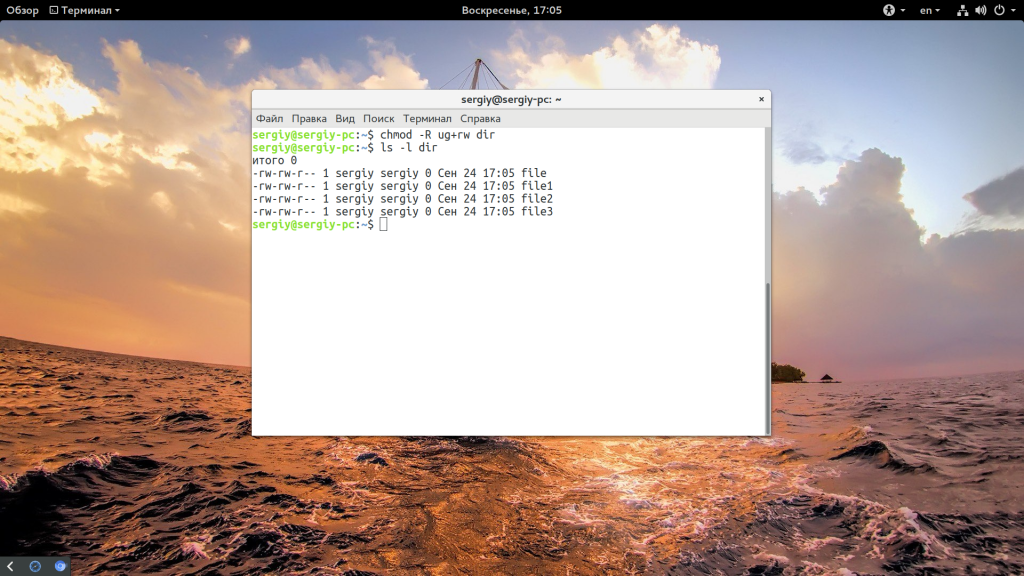
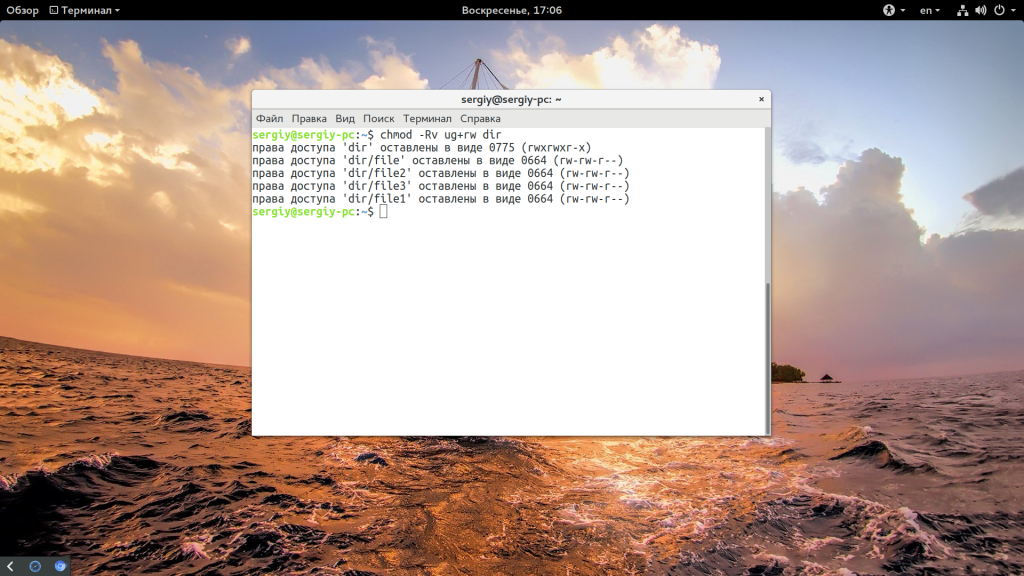
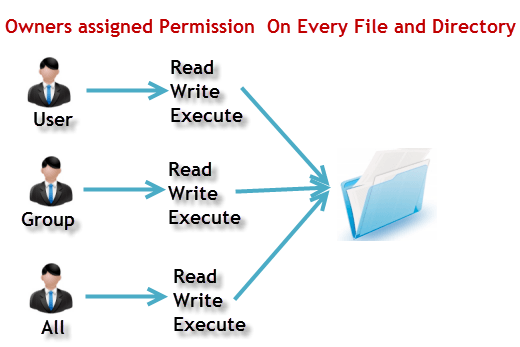


.png)
.png)
.png)
.png)
.png)


